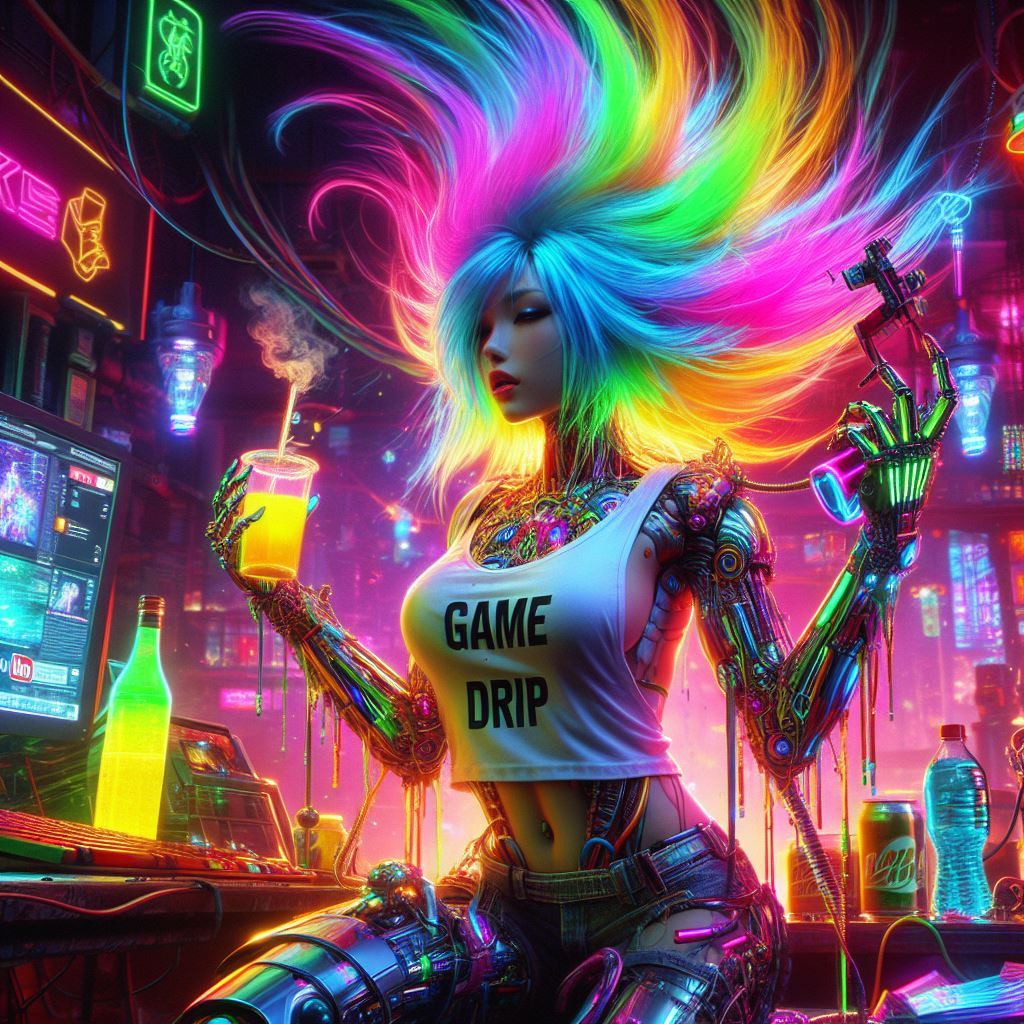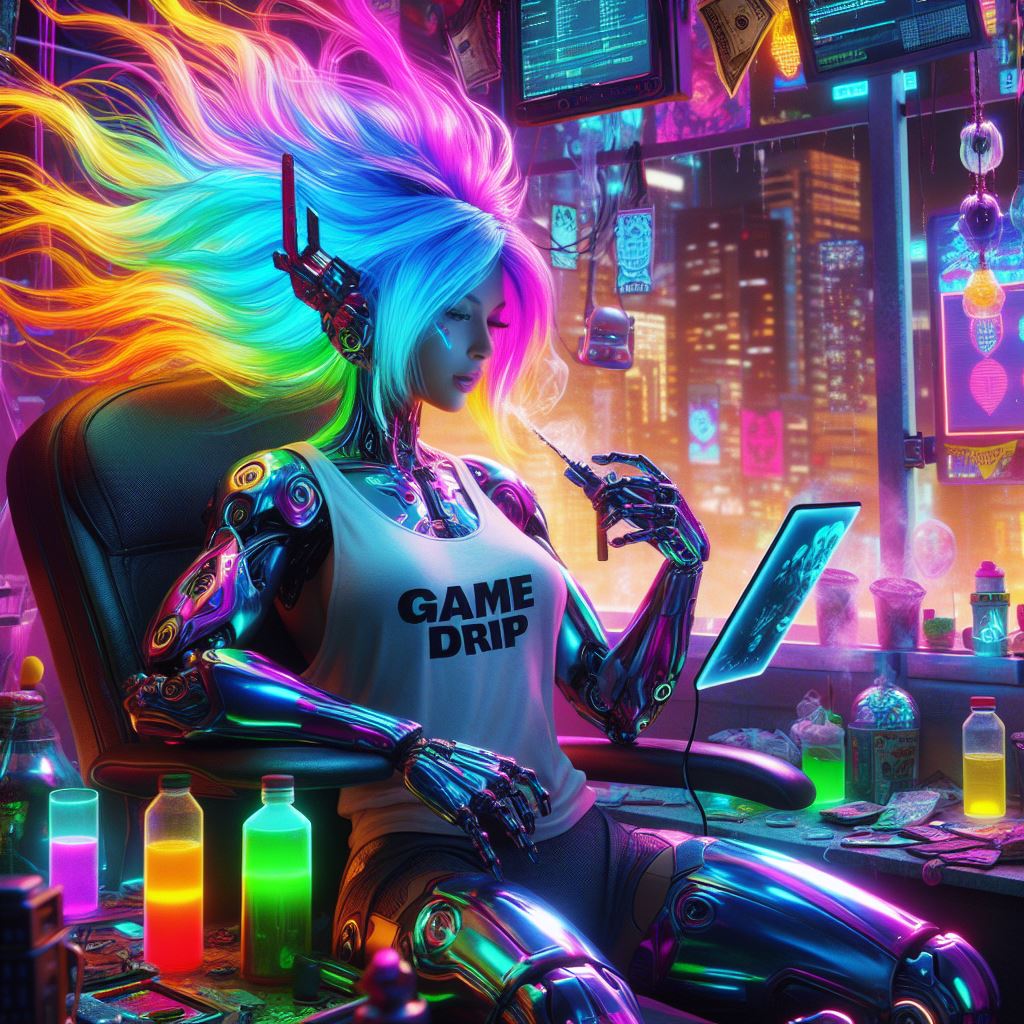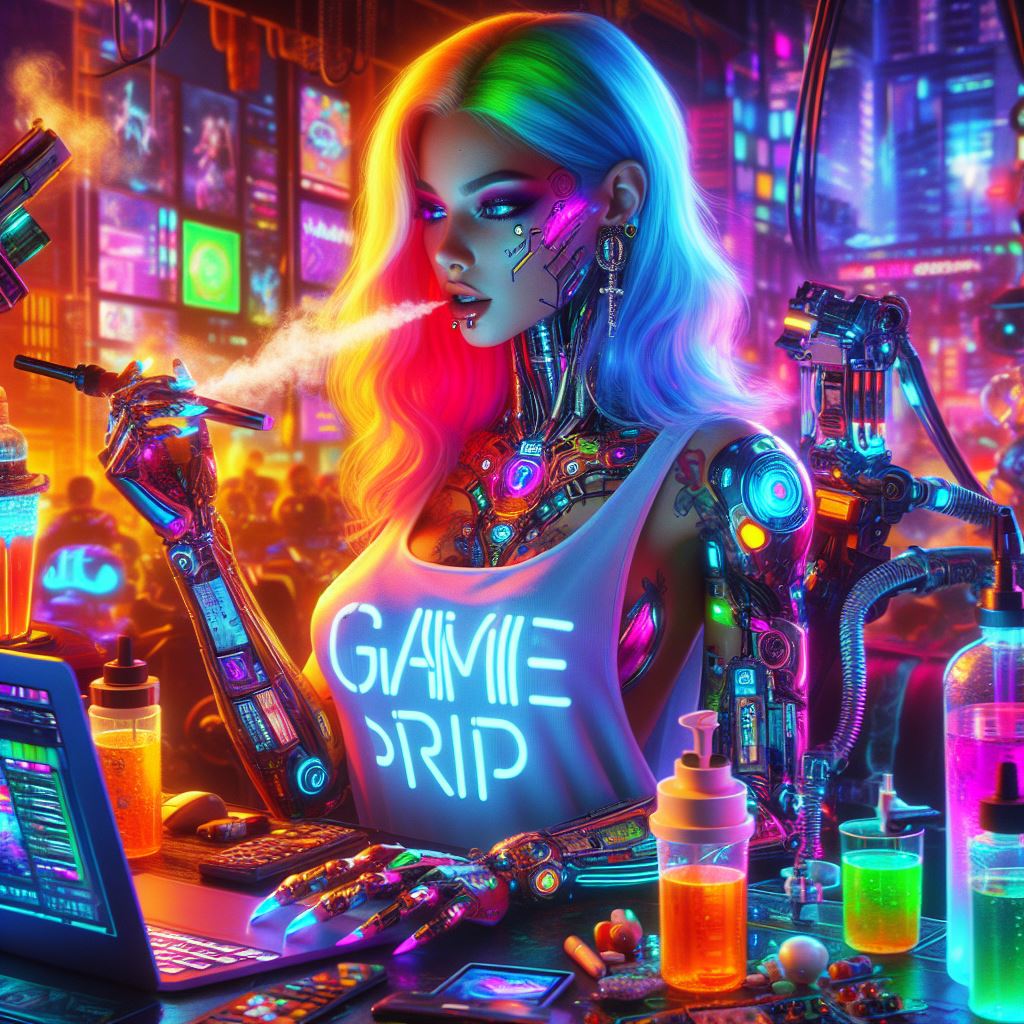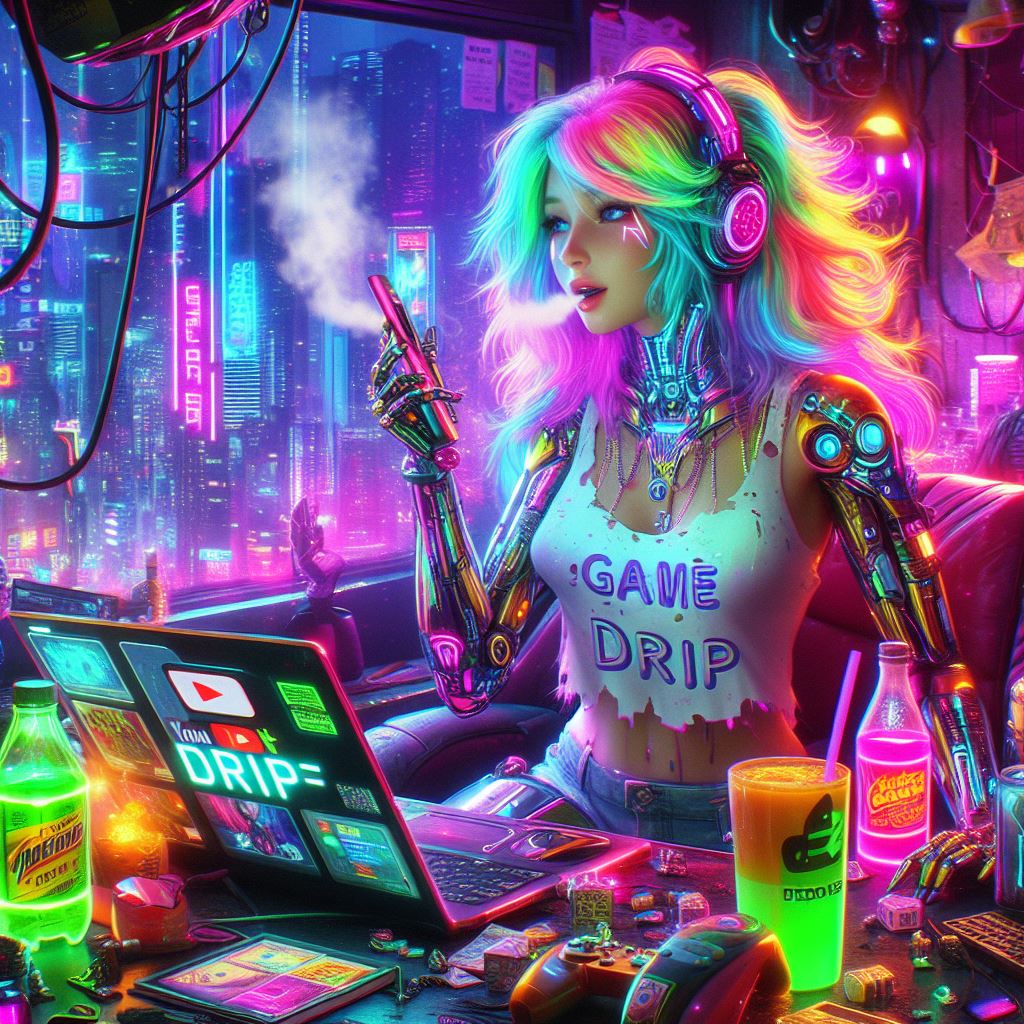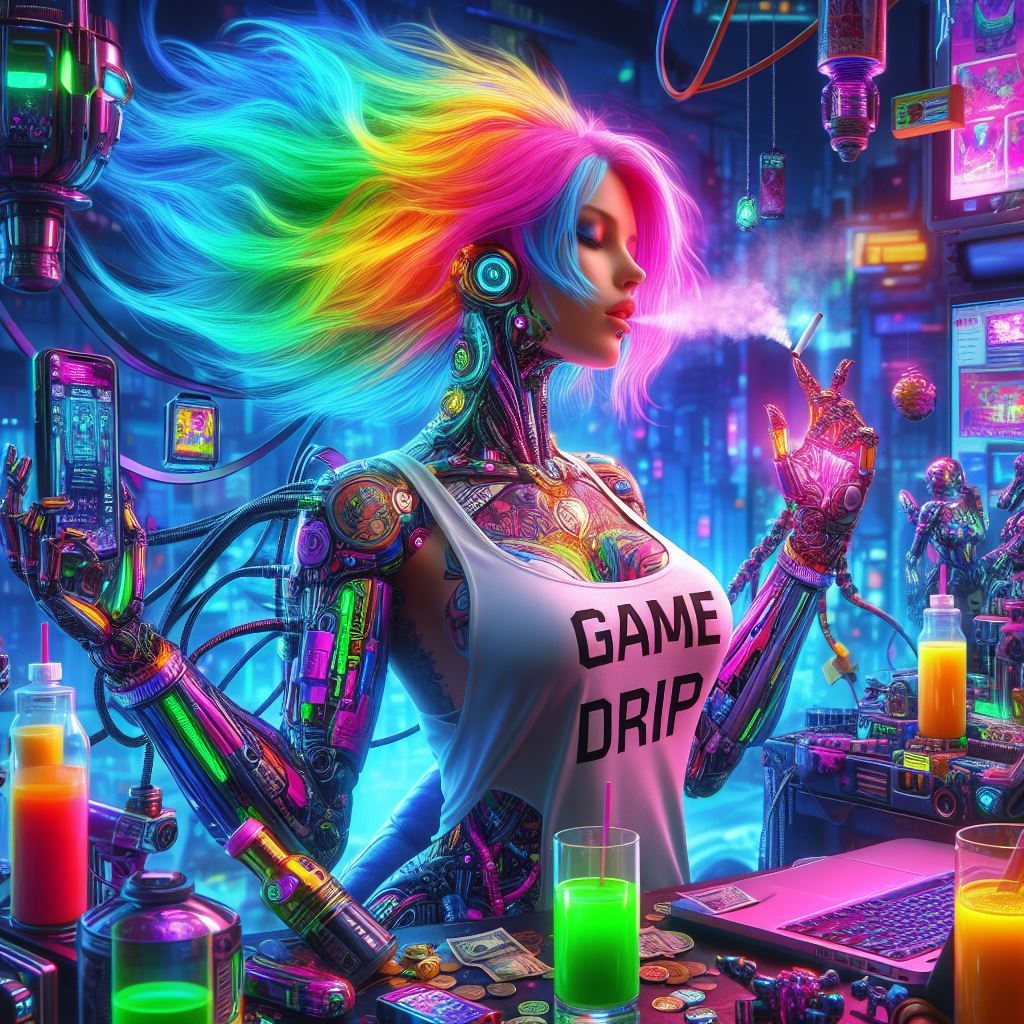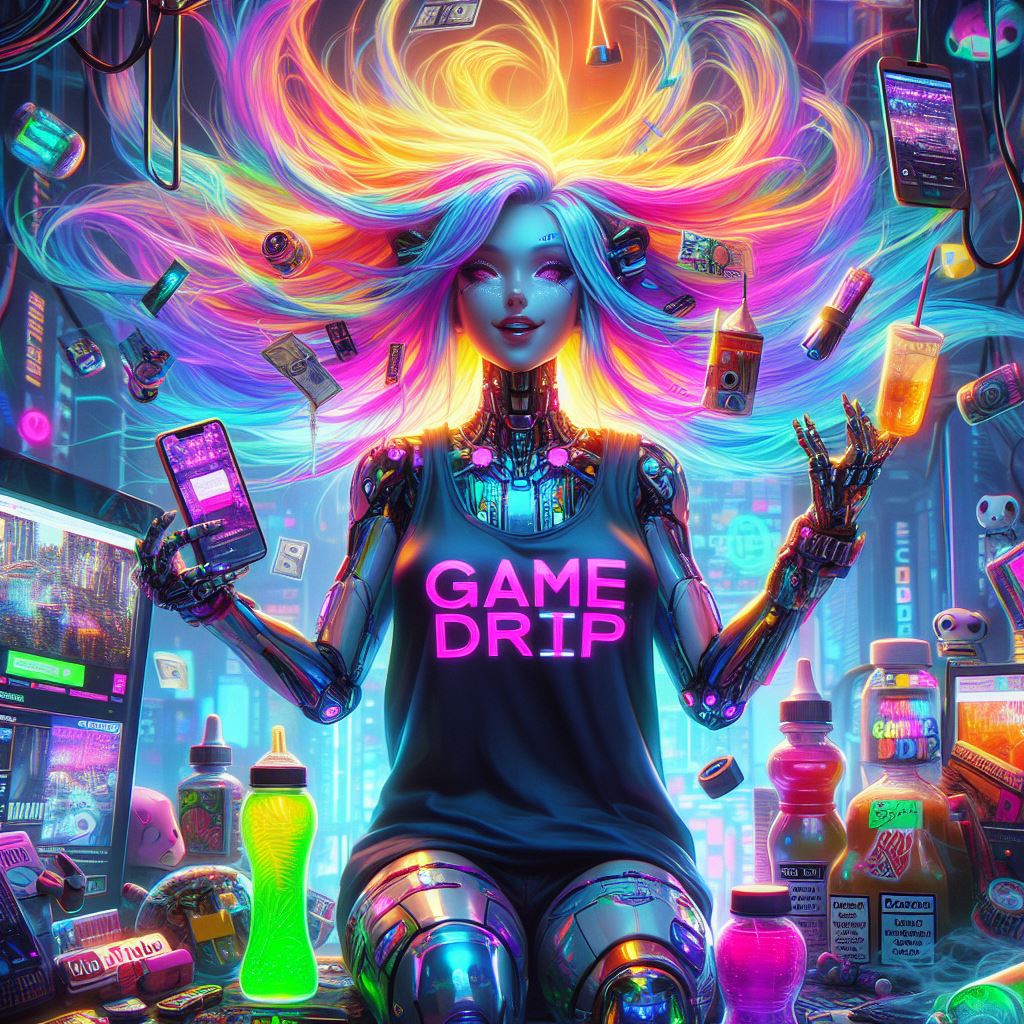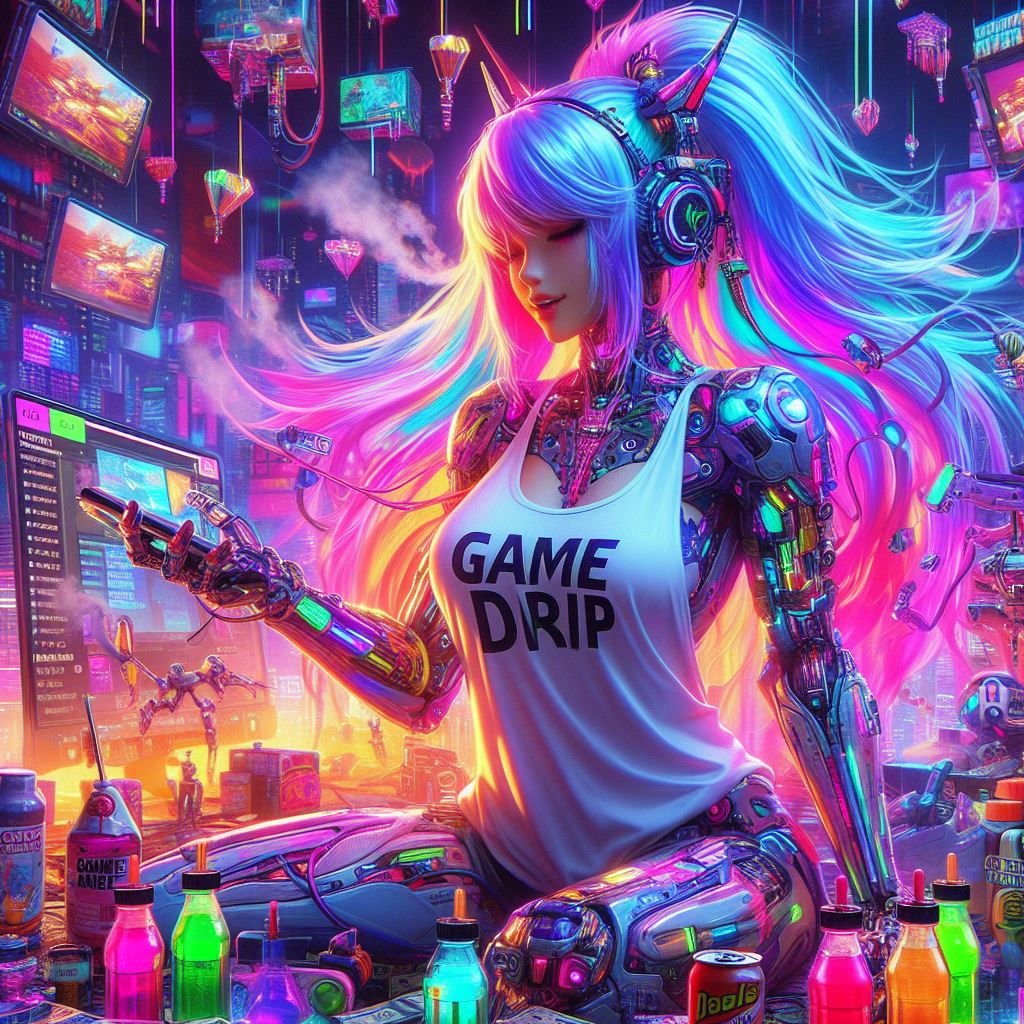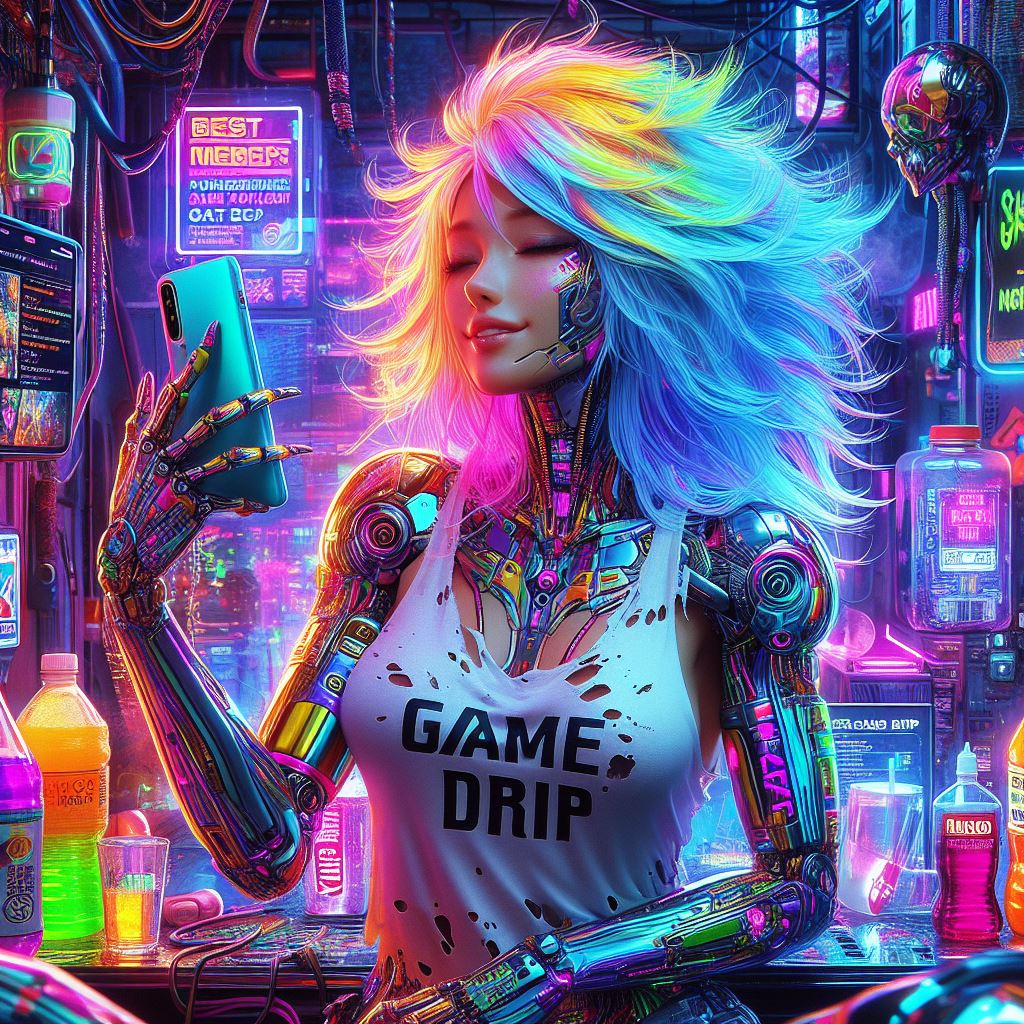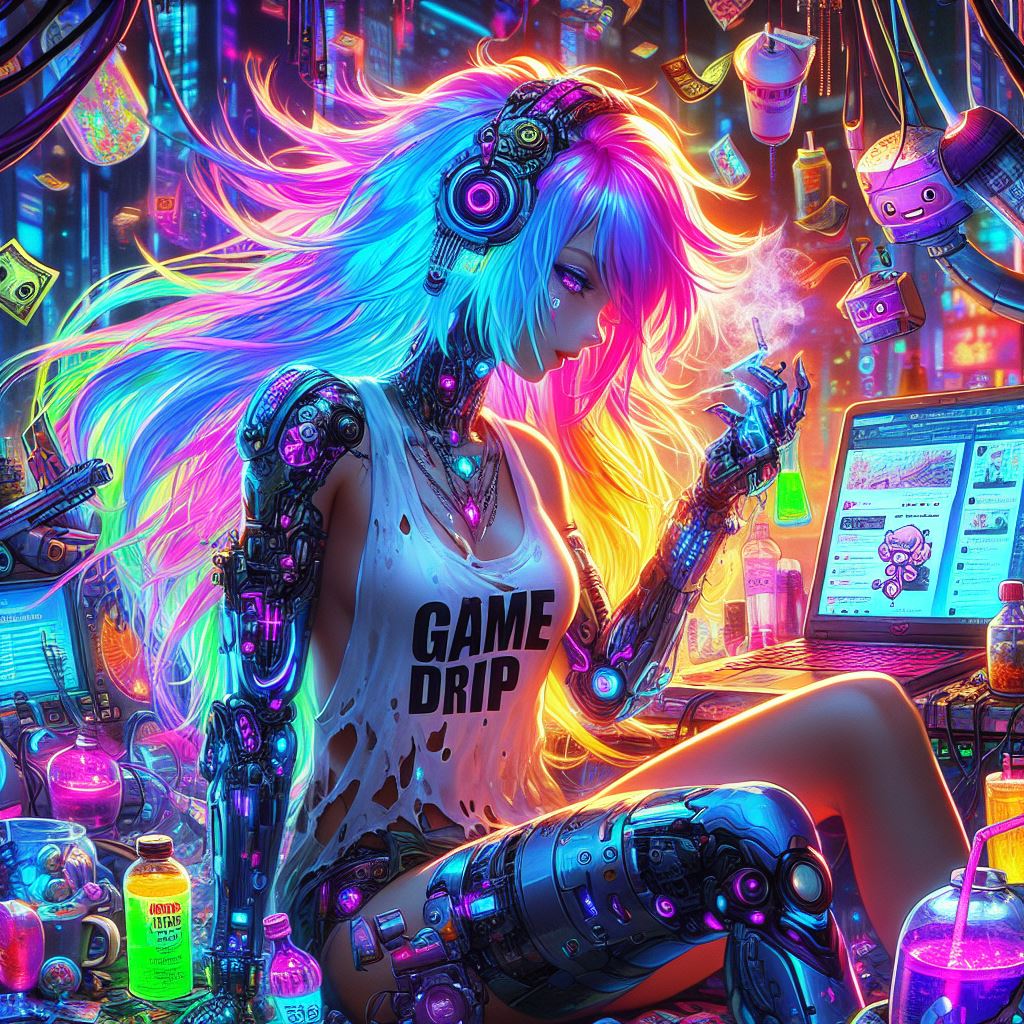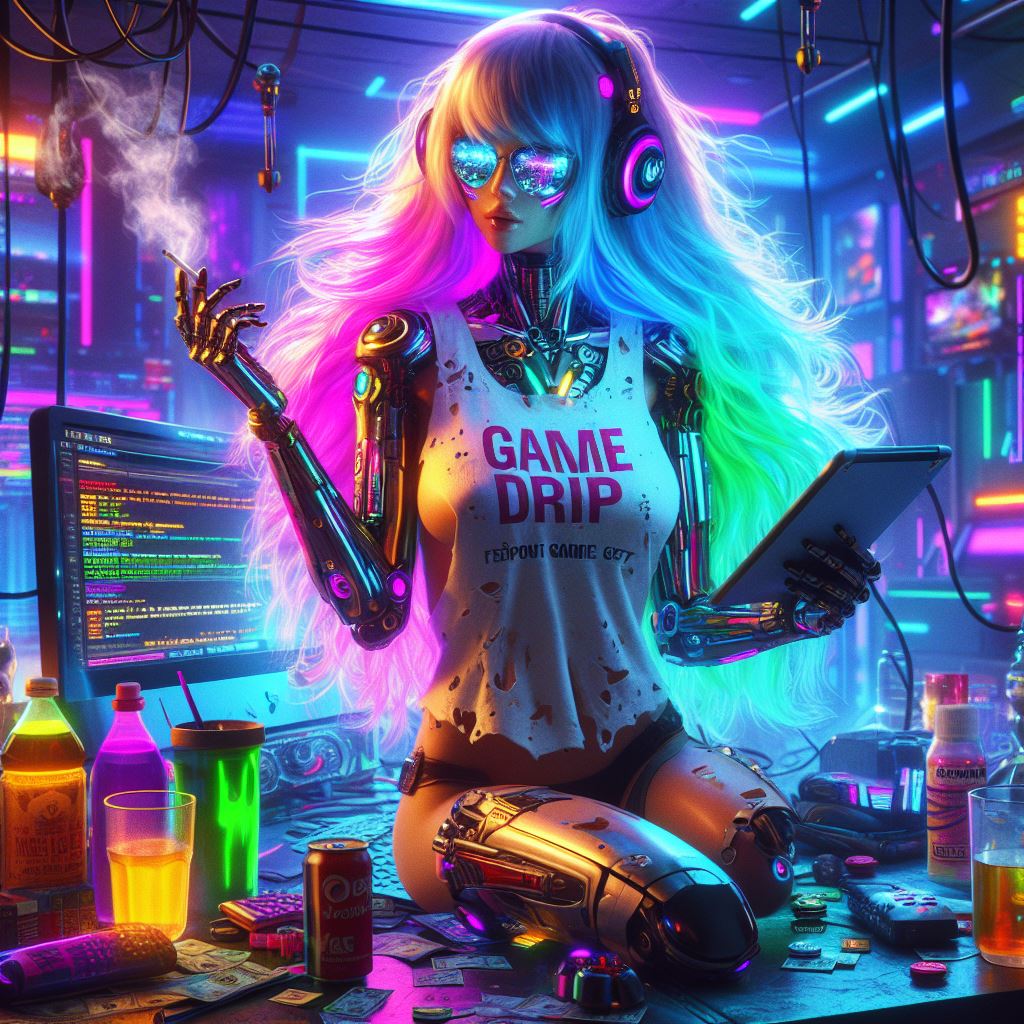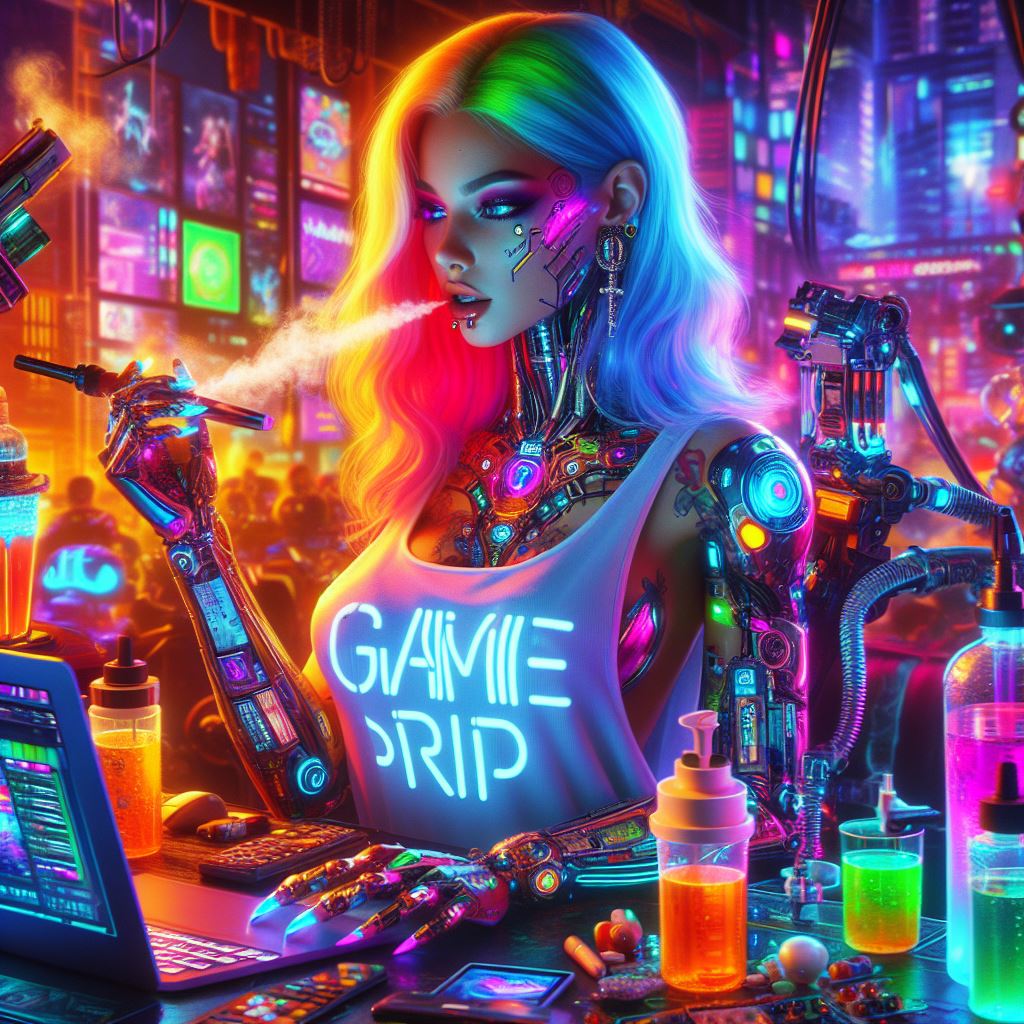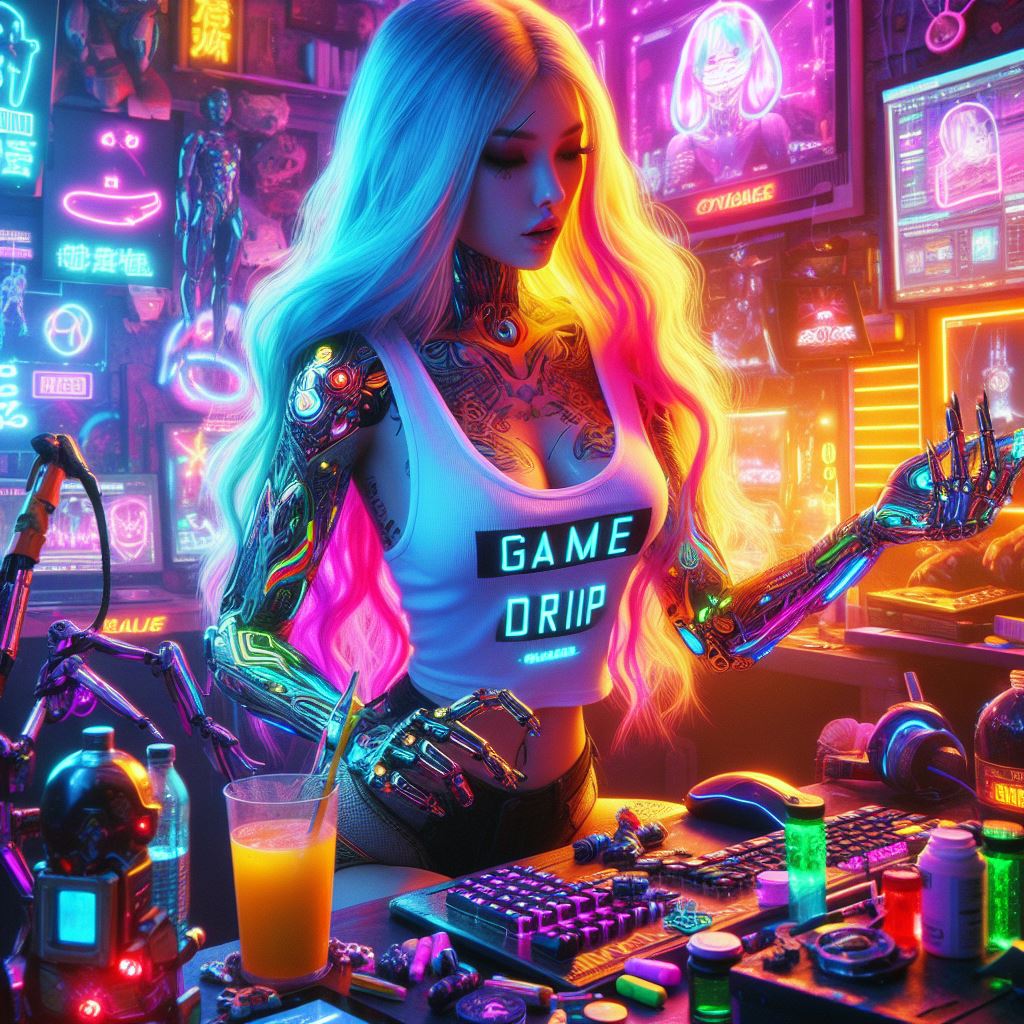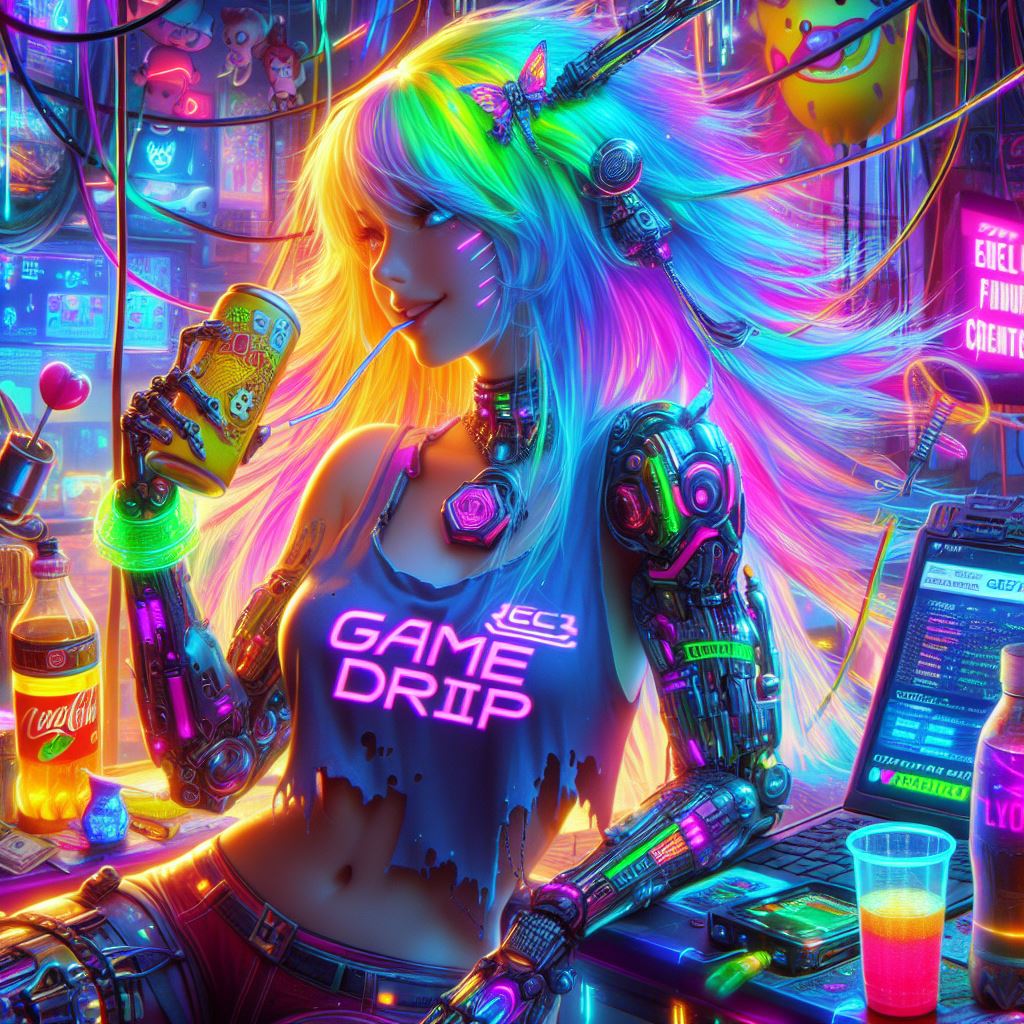NVIDIA’s New Gaming AI Looks Like Reality!
Wow, I can’t believe it! This new AI can look at a real tennis player and put them in a computer game where we can play with them. This looks absolutely amazing, and doing this the hard way has so far been absolutely impossible. But what about the easy way? Exciting as this may seem, perhaps there is nothing new here. You see, we can already do something like this through motion capture. What is that? Well, you put a human in a studio, attach these little balls to them, and record their motion. Then, transfer this motion to a virtual character. Easy.
However, this paper has an incredible twist. And that twist is that this can do the same but without the balls. No cameras, gyroscopes, or any additional machinery is required. Just the raw video feed, and the learning happens from that. That sounds incredible – but how? Well, there are previous works that try to do something similar, but the precision of these motions was almost never satisfactory. Especially for tennis, where almost hitting a ball is not nearly good enough.
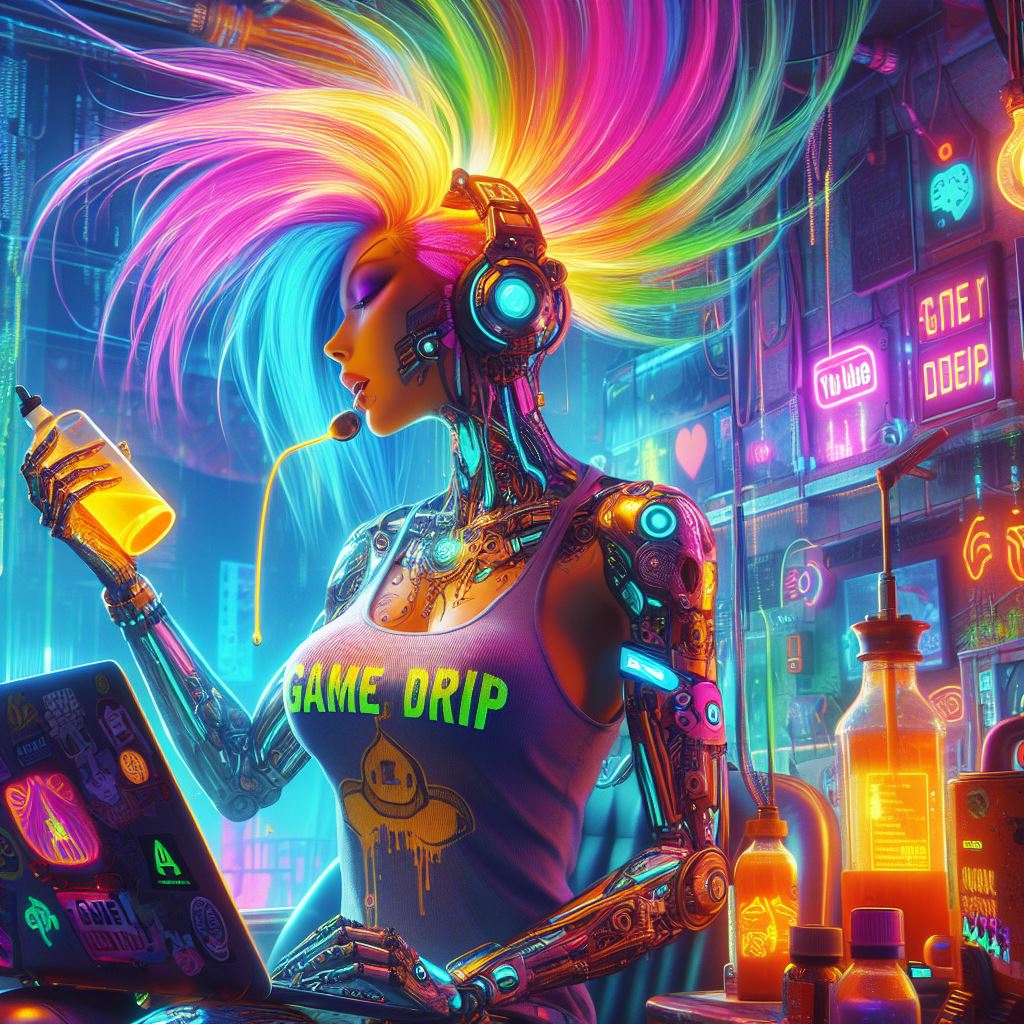
The breakthrough lies in the fact that NVIDIA’s AI can take raw video footage of tennis players and accurately estimate their motions without the need for additional hardware like motion capture balls. By creating a computer simulation based on this estimated motion, the AI is able to simulate various possible motions, including serves, top spin, back spin hits, and slices. What’s more, it is even able to learn the individual style of famous tennis players and simulate diverse styles such as right and left-handed players.
Despite the complexity and precision required, the AI only needed 4.5 hours of video footage to learn, an accomplishment that is nothing short of extraordinary. In practice, the hit rates can reach up to a hundred percent, a remarkable achievement that has led to the paper being published at SIGGRAPH, the most prestigious conference in computer graphics.
This innovative technology has the potential to revolutionize the world of video games, enabling incredibly lifelike simulations that were previously thought impossible. NVIDIA has truly knocked it out of the court with this paper, and there is no doubt that this could be the future of video games. Bravo!
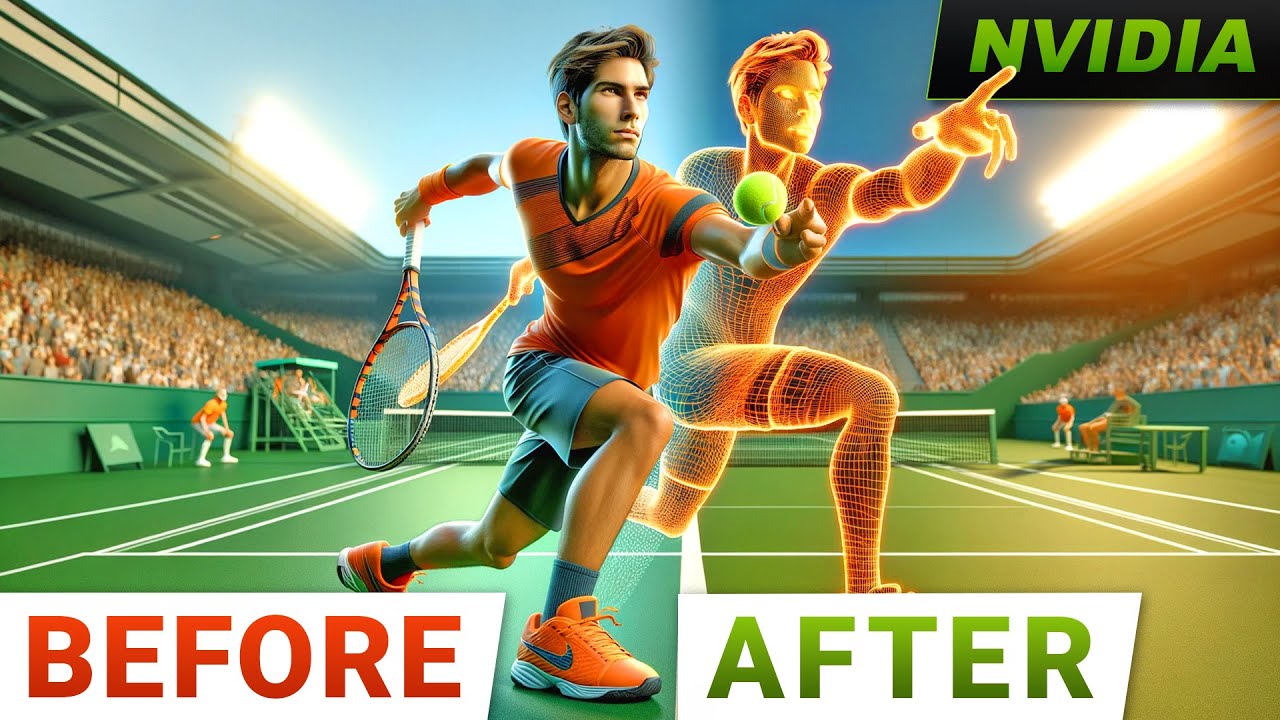

![Nationhub: Build Your Nation [WL]](https://game-drip.com/wp-content/uploads/2024/04/gamedrip-news-trending-6115.jpg)
